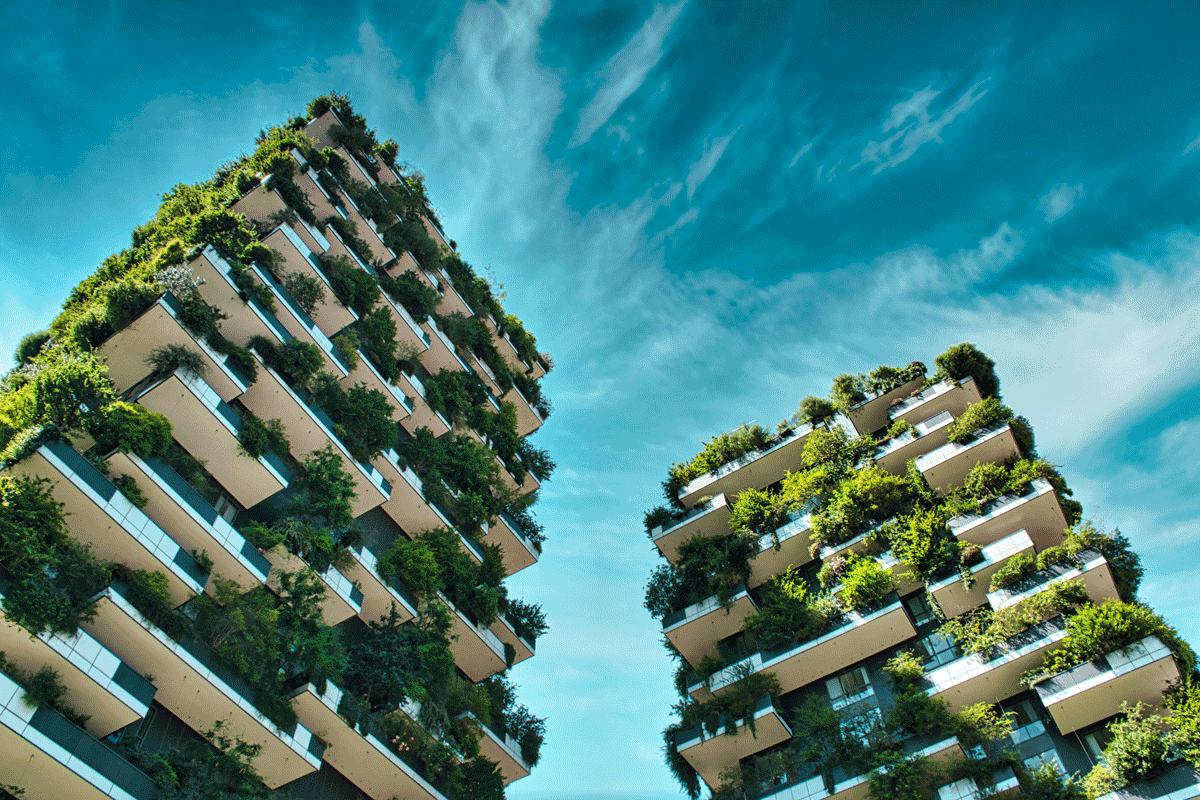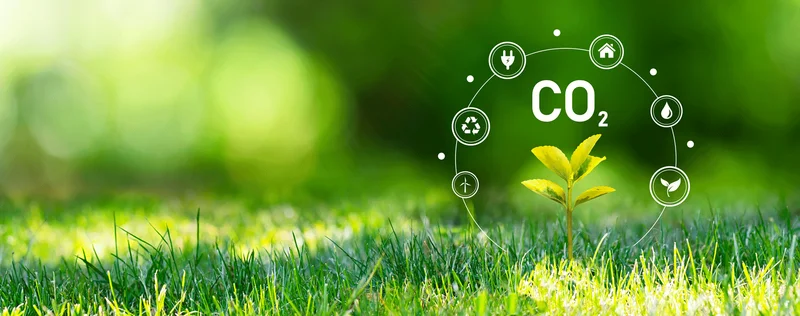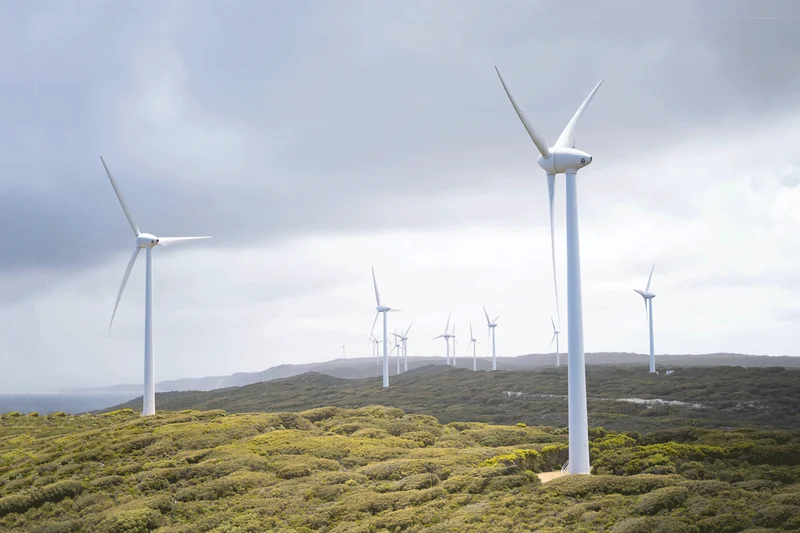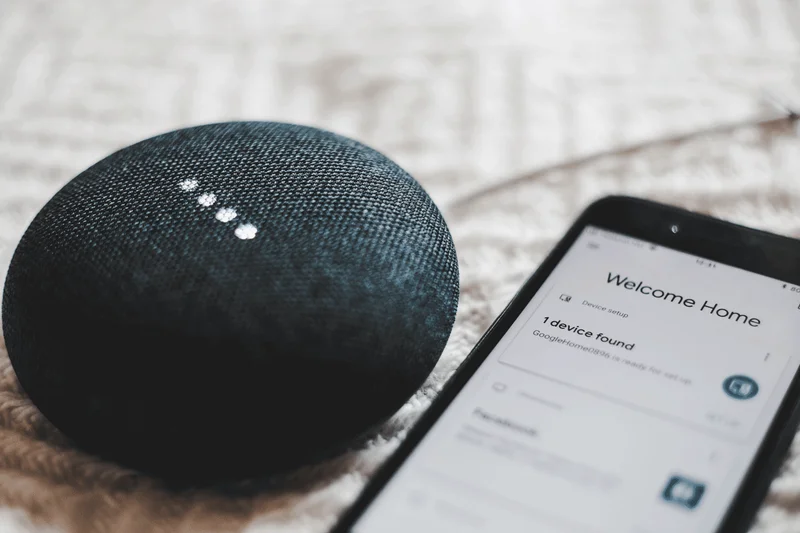
Sustainable Architecture on the Gold Coast: Practical Design Strategies for Queensland Homes
“Sustainability,” “green design,” “carbon footprint” – these terms are ubiquitous, but what do they mean for architecture on the Gold Coast? Far from mere buzzwords, they represent a fundamental shift towards creating buildings that are environmentally responsible, socially equitable, and economically viable for the long term in Southeast Queensland’s unique subtropical climate.
The most sustainable building is the one that’s never built. The second most sustainable is the one that’s built to last generations, adapting to changing needs while minimizing its environmental impact throughout its lifecycle.
Sustainable design isn’t an optional extra; it’s an integrated approach considering a building’s entire lifecycle, from initial concept to operation and eventual reuse. It’s about creating healthy, resource-efficient spaces that minimize environmental impact while enhancing occupant well-being.
This article explores key principles and practical strategies architects employ to achieve truly sustainable design outcomes.
Sustainable Architecture
Sustainable architecture aims to minimize the negative environmental impact of buildings through efficiency and moderation in the use of materials, energy, and development space. It seeks to create structures that are in harmony with natural features and resources while providing healthy, productive environments for occupants.
Understanding Sustainable Design
At its core, sustainable design aims to meet present needs without compromising the ability of future generations to meet theirs. In architecture, this involves:
Environmental Sustainability
Conserving resources (energy, water, materials), reducing waste and pollution, mitigating climate change impacts, and protecting biodiversity. Reducing a building’s carbon footprint – the total greenhouse gas emissions associated with its construction and operation – is a primary goal.
Social Sustainability
Creating healthy, safe, comfortable, accessible, and equitable spaces that support community well-being.
Economic Sustainability
Designing durable, efficient buildings that offer long-term value and potentially lower running costs, contributing to economic resilience.
Carbon Footprint Reduction

Reducing our carbon footprint through design is crucial for a sustainable future. This involves addressing both embodied carbon (emissions from materials and construction) and operational carbon (emissions from running the building).
A truly sustainable approach considers the building’s entire lifecycle, from the extraction of raw materials through construction, operation, maintenance, renovation, and eventually deconstruction or reuse.
Core Principles & Strategies
Achieving sustainability requires integrating several key principles throughout the design process:
1. Optimise Site Potential & Passive Design
Passive Design
Good design starts with understanding the site. By responding to Southeast Queensland’s subtropical climate, orientation, topography, and prevailing coastal breezes, we can significantly reduce reliance on artificial systems.
- Orientation: Positioning the building to control solar gain – maximising winter sun, minimising harsh summer sun – is fundamental, especially in Queensland’s climate where summer heat and humidity require careful management.
- Natural Ventilation: Designing for cross-ventilation using strategically placed operable windows, louvres, and potentially high-level vents reduces the need for air conditioning in the humid Gold Coast environment.
- Shading: Effective external shading (overhangs, screens, pergolas, landscaping) is critical to prevent overheating while allowing desirable daylight, particularly important for Queensland’s intense UV exposure.
- Insulation & Thermal Mass: Proper insulation minimizes heat transfer. Thermal mass (e.g., concrete slabs) can help moderate internal temperatures, creating comfortable living spaces year-round on the Gold Coast.
Tip
For Gold Coast homes, prioritize shading for east and west-facing windows, which receive intense morning and afternoon sun. Consider vertical shading elements like adjustable louvers that can block low-angle sun while maintaining views and breezes.
2. Minimise Energy Consumption
Beyond passive strategies, active systems play a role:
Energy Efficiency
- Energy Efficiency: Specifying high-efficiency lighting (LEDs), appliances, and HVAC systems reduces operational energy demand.
- Renewable Energy: Incorporating solar panels (photovoltaics) is highly effective on the Gold Coast for generating clean energy on-site. Other options like solar hot water or geothermal might also be viable.
Renewable Energy Integration

Renewable energy sources like solar and wind significantly reduce a building’s operational footprint. On the Gold Coast, with its abundant sunshine, photovoltaic systems are particularly effective.
For maximum benefit, renewable energy systems should be considered early in the design process rather than added as an afterthought. This allows for optimal orientation, roof design, and integration of necessary infrastructure.
When combined with energy-efficient design and potentially battery storage, these systems can dramatically reduce or even eliminate a building’s reliance on grid electricity.
3. Use Environmentally Preferable Materials
Note
According to the World Green Building Council, the embodied carbon in building materials accounts for approximately 11% of global carbon emissions. Material selection is therefore a critical factor in sustainable design.
Material selection has a major environmental impact:
- Lifecycle Assessment (LCA): Considering the “cradle-to-grave” impact of materials – extraction, manufacturing, transport, use, disposal – helps identify lower-impact options.
- Sustainable & Local Sourcing: Prioritising materials that are recycled, reclaimed, rapidly renewable (like bamboo), sustainably harvested (like certified timber), locally sourced (reducing transport emissions), and low in embodied energy.
- Low-Toxicity: Selecting materials and finishes with low Volatile Organic Compounds (VOCs) improves indoor air quality. Examples include low-VOC paints and natural finishes.
- Innovative Materials: Exploring options like straw bale or rammed earth construction can offer high insulation, low embodied energy, and unique aesthetics suited to certain contexts.
4. Conserve Water
Water is a precious resource, particularly in many parts of Australia:
Water Conservation

Water conservation through efficient fixtures and rainwater harvesting is vital. In the Gold Coast’s subtropical climate, with its seasonal heavy rainfall yet periodic drought conditions, implementing comprehensive water management strategies is especially important for Queensland homes.
A well-designed water conservation system for Gold Coast properties might include:
- Rainwater collection and storage systems designed for Queensland’s intense rainfall events
- Smart irrigation systems that respond to soil moisture levels and local weather patterns
- Low-flow fixtures throughout the building that exceed Queensland water efficiency standards
- Landscaping with native Gold Coast and Southeast Queensland drought-tolerant species
These combined approaches can reduce municipal water consumption by 50% or more in residential buildings while supporting Queensland’s water sustainability goals.
Water Management
- Water-Efficient Fixtures: Low-flow taps, showerheads, and toilets significantly reduce consumption.
- Rainwater Harvesting: Collecting roof runoff in tanks for non-potable uses (gardens, toilets, laundry) reduces reliance on mains water.
- Water-Sensitive Landscaping: Using drought-tolerant native plants (xeriscaping) minimizes irrigation needs.
- Greywater/Blackwater Systems: Advanced systems treat wastewater from showers, laundries (greywater) or even toilets (blackwater) for reuse in irrigation or flushing, requiring careful design and compliance.
5. Enhance Indoor Environmental Quality (IEQ)
A sustainable building is also a healthy building:
Healthy Interiors
- Daylighting: Maximising natural light improves visual comfort and reduces energy use (as discussed in passive design).
- Ventilation: Ensuring adequate fresh air exchange (natural or mechanical) removes pollutants and maintains air quality.
- Material Health: Avoiding materials that off-gas harmful chemicals (see Low-Toxicity above).
- Thermal Comfort: Achieving stable, comfortable temperatures through passive means and efficient active systems.
6. Optimise Operations & Maintenance
Sustainable design considers the building’s entire life:
Smart Home Integration

Smart technology can help occupants optimise energy efficiency. These systems provide real-time feedback on energy and water consumption, allowing for informed decision-making and automated responses to changing conditions.
Smart home integration can include:
- Programmable thermostats that learn occupant patterns
- Lighting controls that respond to occupancy and natural light levels
- Energy monitoring systems that identify unusual consumption patterns
- Automated shade controls that respond to sun position and internal temperatures
These technologies are most effective when integrated into a thoughtful passive design strategy rather than being relied upon to compensate for poor building performance.
- Durability: Choosing robust materials and construction details reduces the need for frequent repairs or replacement.
- Ease of Maintenance: Designing for straightforward upkeep ensures systems remain efficient.
- Smart Technology: Smart home systems (thermostats, lighting controls, energy monitoring) can help occupants optimize energy and water use.
- Designing for Disassembly/Adaptability: Planning for future changes or end-of-life deconstruction allows materials to be reused or recycled more easily (Adaptive Reuse).
The Final Word: Building a Better Future on the Gold Coast
Sustainable design is no longer a niche concept but a fundamental responsibility in architecture. By integrating principles of site optimisation, energy efficiency, water conservation, responsible material selection, and occupant well-being from the outset, we can create buildings that are better for both people and the planet in our unique Queensland environment.
These strategies are not just about reducing negative impacts; they often lead to more comfortable, healthy, resilient, and ultimately more valuable spaces – particularly here on the Gold Coast where climate-responsive design is paramount for our subtropical conditions.
Tip
Start your sustainable design journey by focusing on passive design strategies first. These cost-effective approaches, when implemented correctly, create the foundation for an efficient building in Queensland’s climate and can significantly reduce the scale (and cost) of active systems needed later.
Interested in incorporating sustainable design into your next architectural project on the Gold Coast? Get in touch with us to explore how we can create a building that aligns with your vision and contributes to a better future for Queensland.